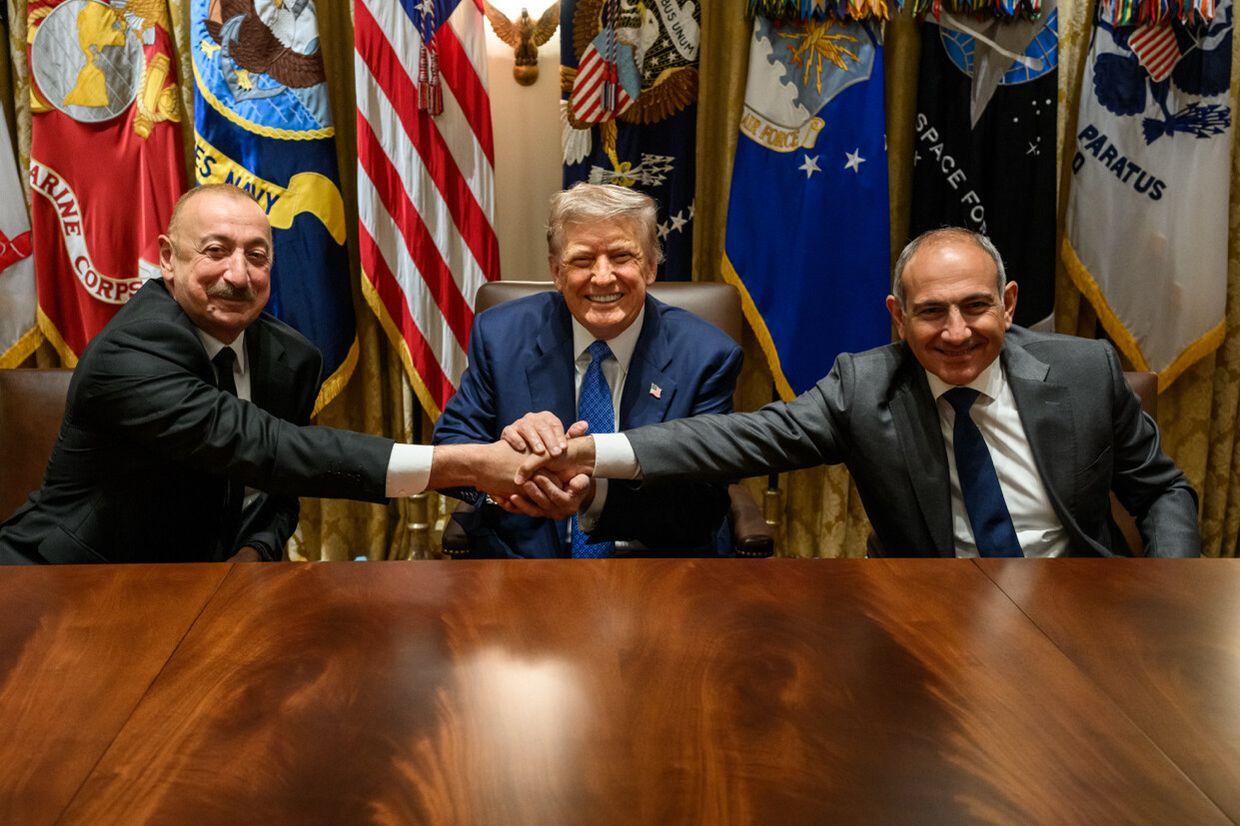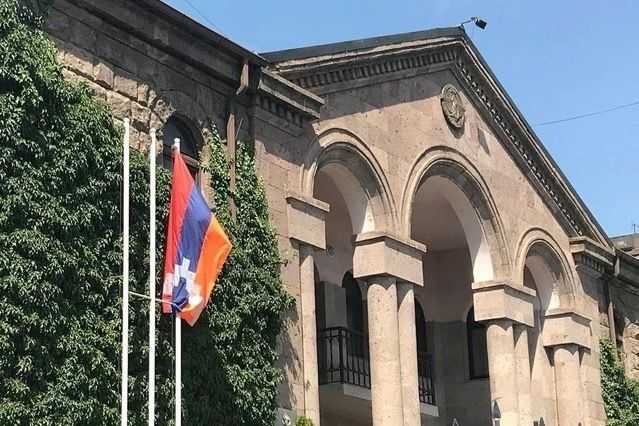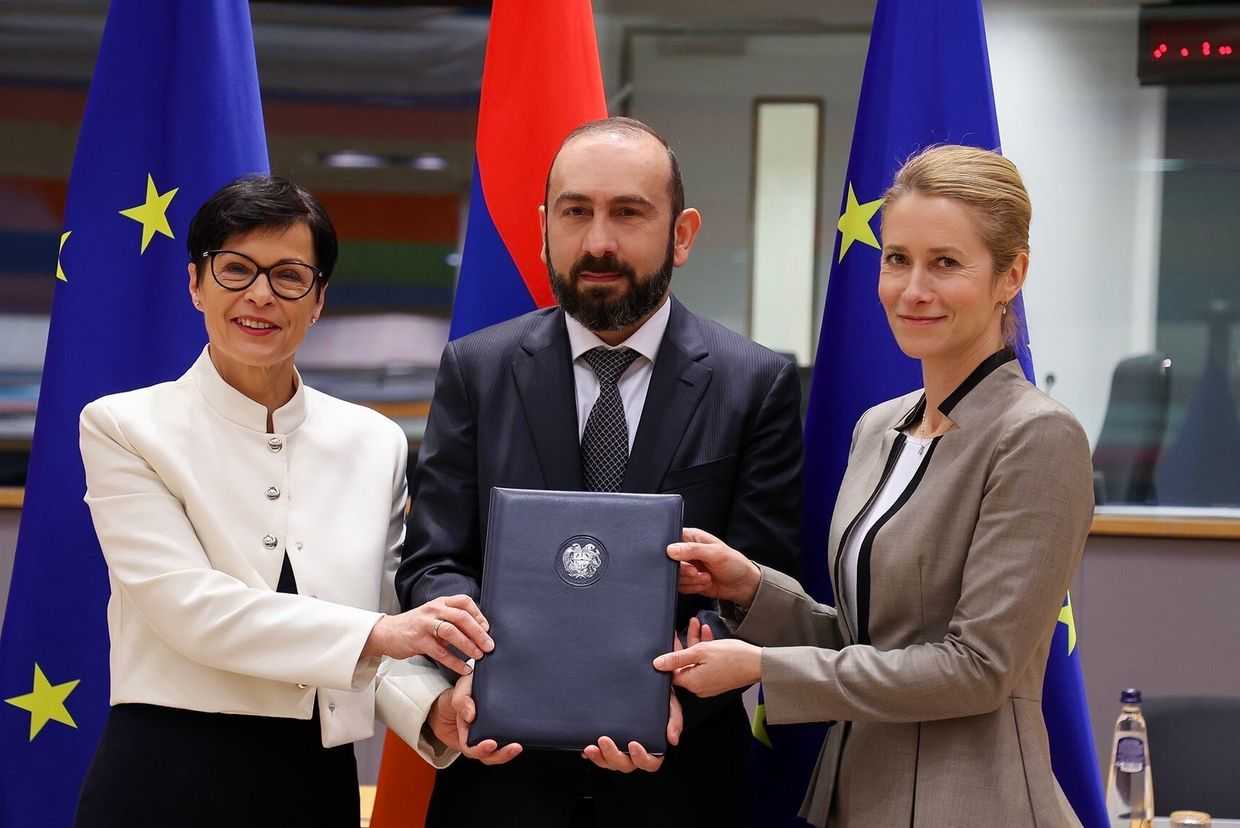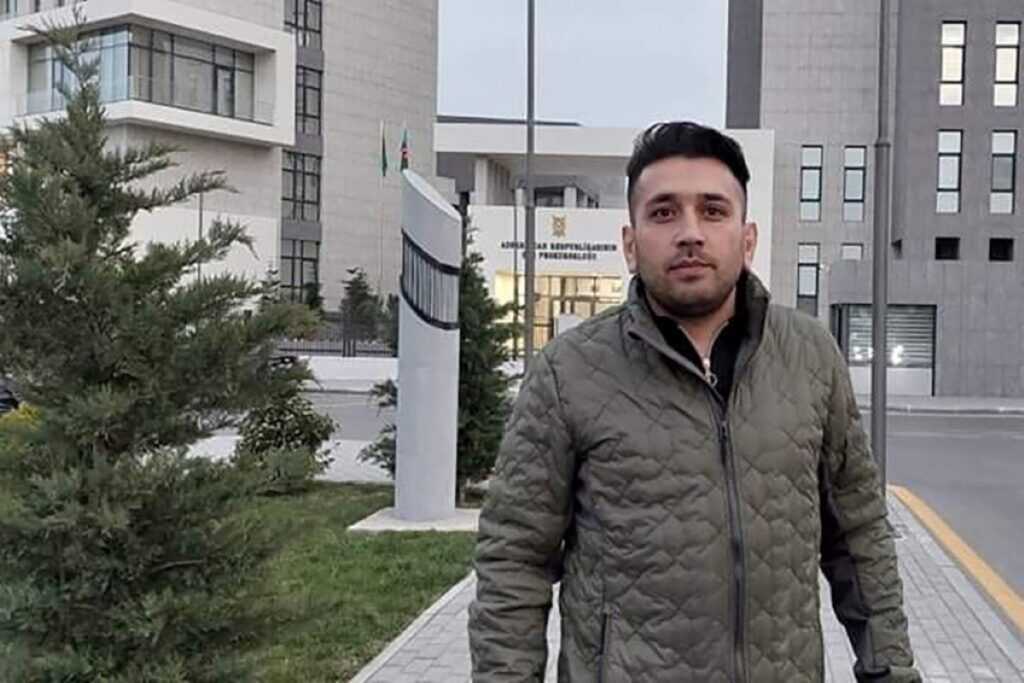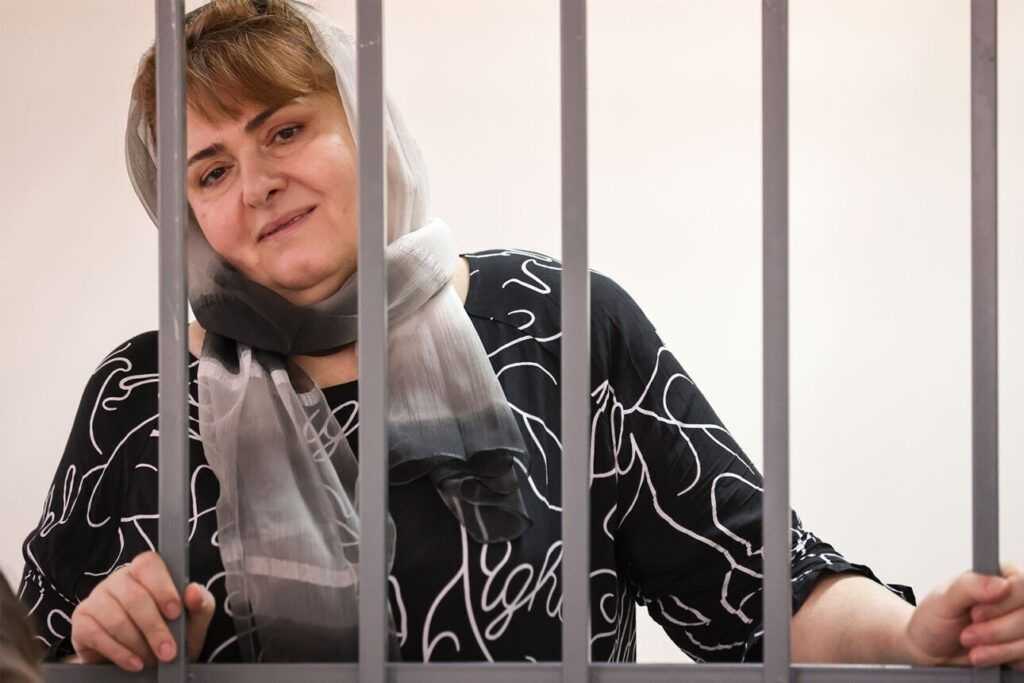The historic and unprecedented meeting between Armenian Prime Minister Nikol Pashinyan, Azerbaijani President Ilham Aliyev, and US President Donald Trump proved to be significant in many ways.
Trump appeared to have achieved what others in the West or in Russia could not: he sponsored the establishment of a route that would connect Azerbaijan to its exclave of Nakhchivan through Armenian territory — a long-standing Azerbaijani demand which Armenia has repeatedly rejected in favour of a solution that would not diminish its sovereignty.
While the three leaders have announced the Trump Road for International Peace and Prosperity (TRIPP) under an American lease as a solution to the issue, very few details have emerged as to how it would be established or overseen in the future.
The road is one of many outstanding issues left unresolved between the two countries.
So what does the agreement mean for the region? We asked several analysts, former diplomats, and OC Media contributors to share their thoughts on the meeting and its outcomes.
Andranik Shirinyan | OC Media contributor and and policy expert
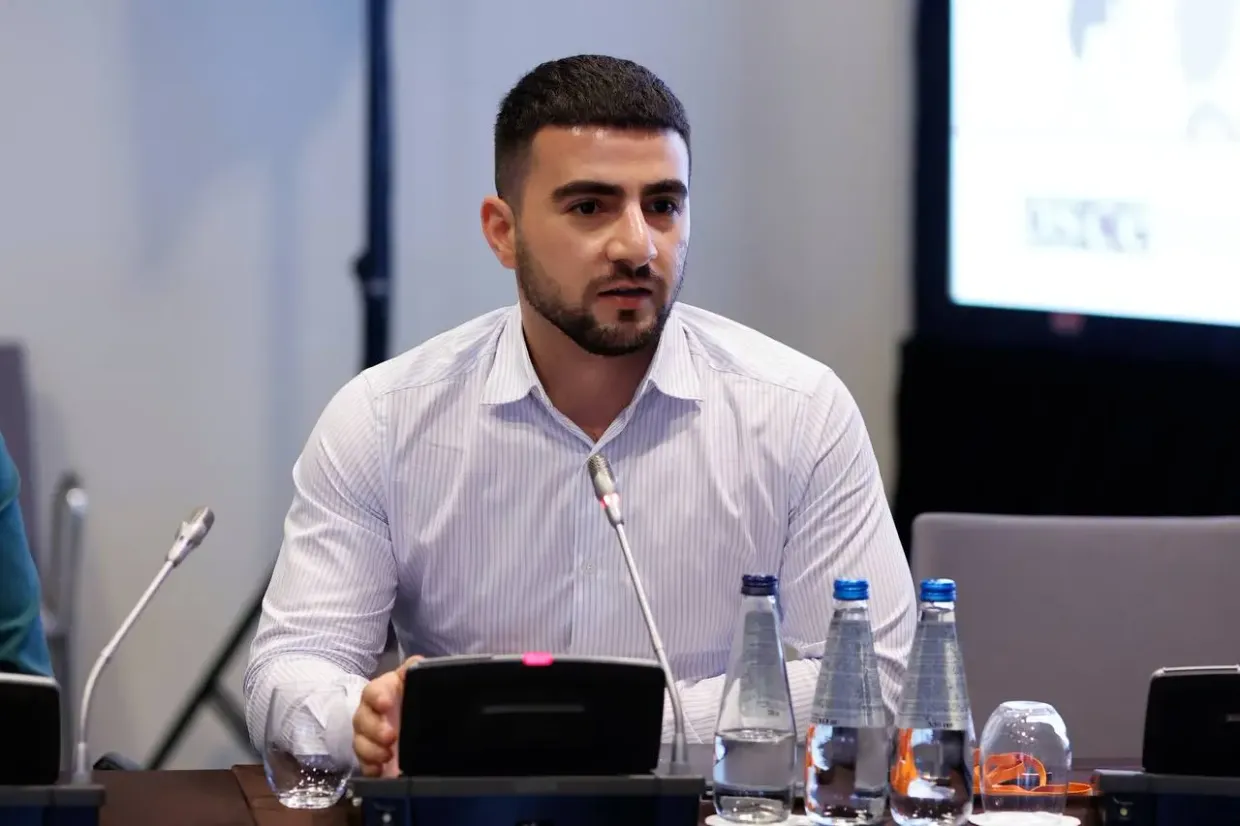
The US-brokered agreement between Armenia and Azerbaijan marks a tentative but important step away from years of war and displacement — and that is the most important takeaway. If the stipulations in the bilateral and trilateral agreements are implemented, it could move the region further from renewed conflict.
I have spent the past half-decade advocating for a peaceful resolution to the Nagorno-Karabakh conflict and for the rights and security of its Armenian population, and while these issues remain unaddressed, this moment brings cautious hope. The work towards peace must continue and be intensified by both governments if there is genuine will to establish lasting peace in the region.
However, authoritarian states are rarely reliable in implementing agreements; the 9 November 2020 ceasefire statement was never fully implemented, and it was followed by Azerbaijan’s September 2023 offensive, which resulted in the ethnic cleansing of Armenians from Nagorno-Karabakh.
In his first interview after signing the agreement, Azerbaijani President Ilham Aliyev still demanded changes to the Armenian Constitution. This is worrisome and many challenges remain, but the commitment expressed by Armenia and Azerbaijan offers a chance for border communities to live without fear and for Armenians and Azerbaijanis to begin building trust. This trust should be fostered through mutual understanding, transitional justice, and democratisation — and while this goal may not be achievable in the immediate future, it is one we must work toward in the long term.
In Armenia, reactions to the agreement have been mixed: relief that the fear of imminent war feels more distant, but also false narratives and misinterpretations are flooding an already deeply polarised media space again. It is the responsibility of the Armenian government to be more open and transparent in its public communication about this process and agreements, especially ahead of the parliamentary elections next year.
Tigran Grigoryan | Political analyst
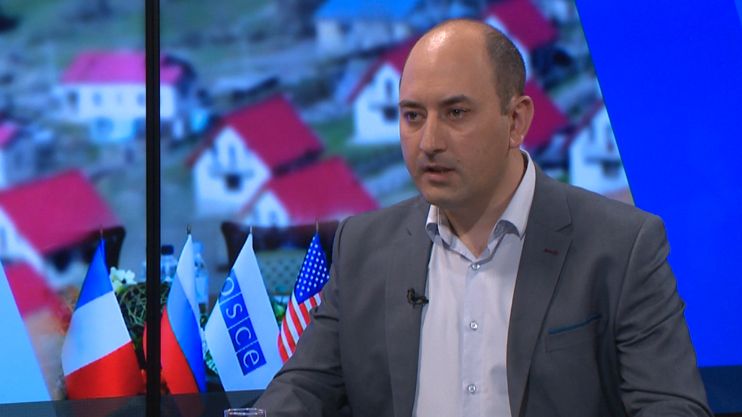
The outcomes of the Washington talks can be divided into two main blocks: Yerevan and Baku’s bilateral tracks with the US, and the agreements reached in the Armenia–Azerbaijan normalisation process.
Azerbaijan primarily viewed the Washington summit as an opportunity to reboot and upgrade its relationship with the US, and it achieved all of its goals — kickstarting the process of signing a strategic partnership charter, pushing for the removal of Section 907 of the Freedom Support Act [a bill originally passed in 1992 that prevents the US from providing security aid for Azerbaijan], and relaunching economic and energy cooperation.
Armenia also signed several bilateral documents stemming from the strategic partnership charter signed with the Biden administration this past January. There had been concerns that the Trump administration would not be interested in this agenda, but the summit demonstrated the opposite.
The situation is much more complicated regarding the normalisation track. The initialing of the peace treaty text is important and adds some predictability to the peace process; however, it is not the breakthrough that has been portrayed in the media. The sides could have signed it several weeks earlier in Abu Dhabi. Azerbaijan still considers changing Armenia’s constitution as a precondition for signing the peace treaty.
Baku and Yerevan also agreed to send a joint letter to the OSCE, requesting the dissolution of the Minsk Group. Armenia was not opposed to this idea in principle but was prepared to do so only on the day the peace treaty was signed. In that context, this might be viewed as a concession.
Regarding the opening of regional communications, a positive sign for Armenia is that the principles underlying this process are included in the declaration signed by Aliyev, Pashinyan, and Trump — namely, sovereignty, territorial integrity, and jurisdiction. However, another important principle Armenia has insisted on — reciprocity — is mentioned only indirectly and with vague diplomatic language as ‘reciprocal benefits’. Even more problematic is the term ‘unimpeded connectivity’ between mainland Azerbaijan and Nakhchivan, which was also referenced in the 2020 ceasefire statement. Baku and Yerevan have been interpreting this term differently for years, and there is a risk that will continue.
Overall, the details regarding the unblocking of regional connections and US involvement have not yet been published. Without them, many questions remain unanswered.
Another important factor is the potential for progress in the Armenia–Turkey normalisation track following these talks. If progress is made there, it could be considered a significant outcome of the Washington process.
Regarding Russia, this represents a major blow to their standing in the region. They have been trying to control the Syunik route for years. Since their withdrawal from Nagorno-Karabakh, they have viewed the proposed route as one of their main remaining instruments of influence. Although Moscow’s official reaction was quite reserved, they will undoubtedly take steps to prevent these agreements from being implemented.
Samad Shikhi | OC Media contributor and writer

The Washington meeting could mark the beginning of a new era for the Caucasus, or it could end up like other meetings that were ‘tried and tested, but didn’t yield results’. Three key individuals — Pashinyan, Aliyev, and Trump — will determine the outcome.
While the meeting is being hailed as a historic event, it may not be appropriate to solely judge its success based on the agreement that was signed. While I acknowledge that it is a step towards a peace treaty, I believe more needs to be done.
The agreement was notably signed amidst a freefall in Azerbaijan–Russia relations — but it seems strange to me that Azerbaijan is so easily turning away from Russia, its old ally.
Overall, the agreement is favourable to the US, which is now stronger and more influential than ever in the region. The fact that Trump shared Aliyev’s speech on his social media account is an indication of this.
There is still much to take into account, however: America needs to contend with China, Russia, and Iran for influence over the road. There is also the question of whether Baku’s relations with Washington could sharply deteriorate — as they did under the Biden administration — with Trump’s successor.
The road could also become a tool to be used against Iran in future Western conflicts with Iran.
However, I do not think that the US will take over the security of the road, as its military presence in the Caucasus could pose a serious threat to Azerbaijan, which is located between countries such as Iran and Russia, who also have an interest in this road and see themselves as its greater shareholders.
Armenia will not want to be left out of this game, despite pressure from the Armenian diaspora, which insists on the release of Armenian prisoners held in Baku and the return of Armenians to Nagorno-Karabakh.
Interestingly, Trump promised the return of Armenians displaced from Nagorno-Karabakh during his presidential election campaign. Will Trump act on that, and how would Azerbaijan respond?
Within Azerbaijan, people will be reluctant to participate as peacebuilders. Considering the political arrests and pressures in Azerbaijan, many will refuse to. After the arrest of Bahruz Samadov, the fear of becoming a ‘prisoner of peace’ has also increased.
Javid Agha | OC Media contributor, writer, and social media commentator

The declaration was a big win for Aliyev, and Azerbaijani pro-government media was already promoting this news as a historic win before it was even agreed upon.
What Aliyev wants is the full repeal of Section 907 of the Freedom Support Act [a bill originally passed in 1992 that prevents the US from providing security aid for Azerbaijan], not just an annual waiver, which will be hard to pass through Congress without the Trump administration pressing them. We should also take it into account that Congress is in recess. Therefore, it seems to be a premature celebration. [Editor’s note: Trump said the ban on US defence aid for Azerbaijan would be lifted].
As for TRIPP, the main loser in this proposal is Iran, which for a long time said it is a red line for them. I believe it will be a problem for Russia as well, having a new, American entity in its perceived backyard.
Lastly, we need to understand that this will be a declaration and not an actual peace treaty. There are still matters to be solved from an Azerbaijani perspective, such as removing the Nagorno-Karabakh preamble from the Armenian constitution and Armenia declaring the country will be open for resettlement for Azerbaijanis (the so-called ‘Western Azerbaijan’ concept). Pashinyan doesn’t have enough time to deal with every problem he has in hand — referendum, clash with the Armenian Church, and a big Russian eyesore in Gyumri (the longstanding military base). It is a clear win for Aliyev.
Lincoln Mitchell | Political analyst and professor at Columbia University
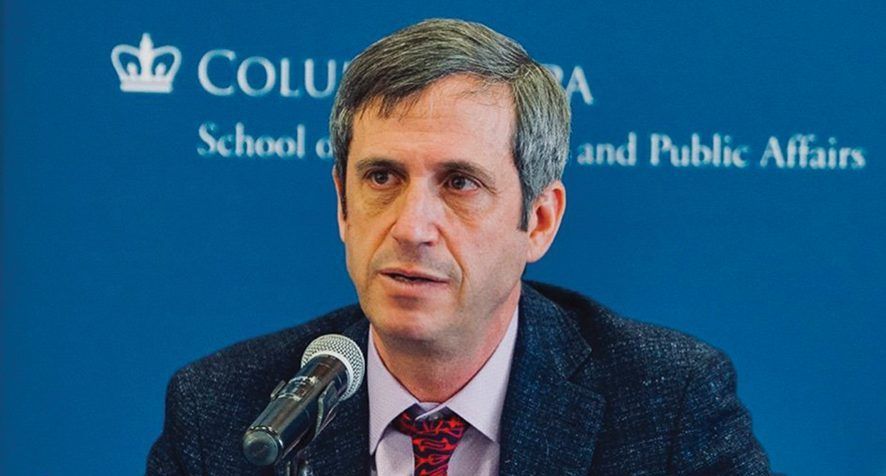
The current American administration is focusing its attention on destroying America’s standing in the world and weakening the American state and American democracy at home. While there are still many smart, dedicated, and decent people working in the US government, the leadership is dominated by people whose primary focus is keeping the mad, fascistic man-child in the White House happy.
To the extent the US played a constructive role in this, it is because the issue evaded the attention of a foreign policy leadership more focused on making sure food relief is not delivered and rich Americans get more tax breaks.
Ian Kelly | Former US Ambassador to Georgia

Friday’s White House meeting advances the cause of peace in a long-suffering region, long ignored by Washington and dominated by Moscow. The corridor agreement re-opens trade routes and re-asserts a US stake in the region by agreeing to administer a land corridor connecting Azerbaijani regions divided by Armenian territory. That’s all for the good.
But lasting peace and stability won’t be achieved until Armenians are able to re-connect safely with their homes, cemeteries, and other ancestral sites in Nagorno Karabakh, and Armenian prisoners are released by Baku.
Olesya Vartanyan | Political analyst

Whatever the personal motives behind Donald Trump’s involvement, the ceremony in Washington was a rare moment of significance for the South Caucasus. It’s not the end of a conflict that has lasted for more than three decades and has become deeply entrenched. But even this partial step towards a peace treaty brings a measure of predictability to a region where border clashes remain a regular occurrence.
The choice to focus on transportation routes is especially significant. This has been among the most volatile issues between Armenia and Azerbaijan, capable of triggering a new round of fighting. That both sides, with US mediation, have agreed to a framework for resolving this issue is encouraging news. The real question now is whether Washington will treat this as more than a one-day photo opportunity. Without sustained American engagement, the deal risks becoming just another in a long line of stalled initiatives that have defined this conflict’s history.
For Armenia, the economic stakes are considerable. Reopening transit links could be transformative for a country whose economy has been constrained for decades, and would bolster its efforts to draw closer to the EU and the West. The main unknown is Turkey: Ankara has long made peace with Baku a condition for unsealing its border with Armenia — a step agreed to in principle three years ago, but frozen ever since.
If Turkey now moves to unseal that border, the impact would be felt far beyond Armenia’s economy. It would signal a shift in regional dynamics, expanding Ankara’s influence and commercial reach into the South Caucasus. That decision, more than Friday’s ceremony, could determine whether this agreement becomes a genuine turning point for the entire region.
George Sanikidze | Professor at Ilia State University
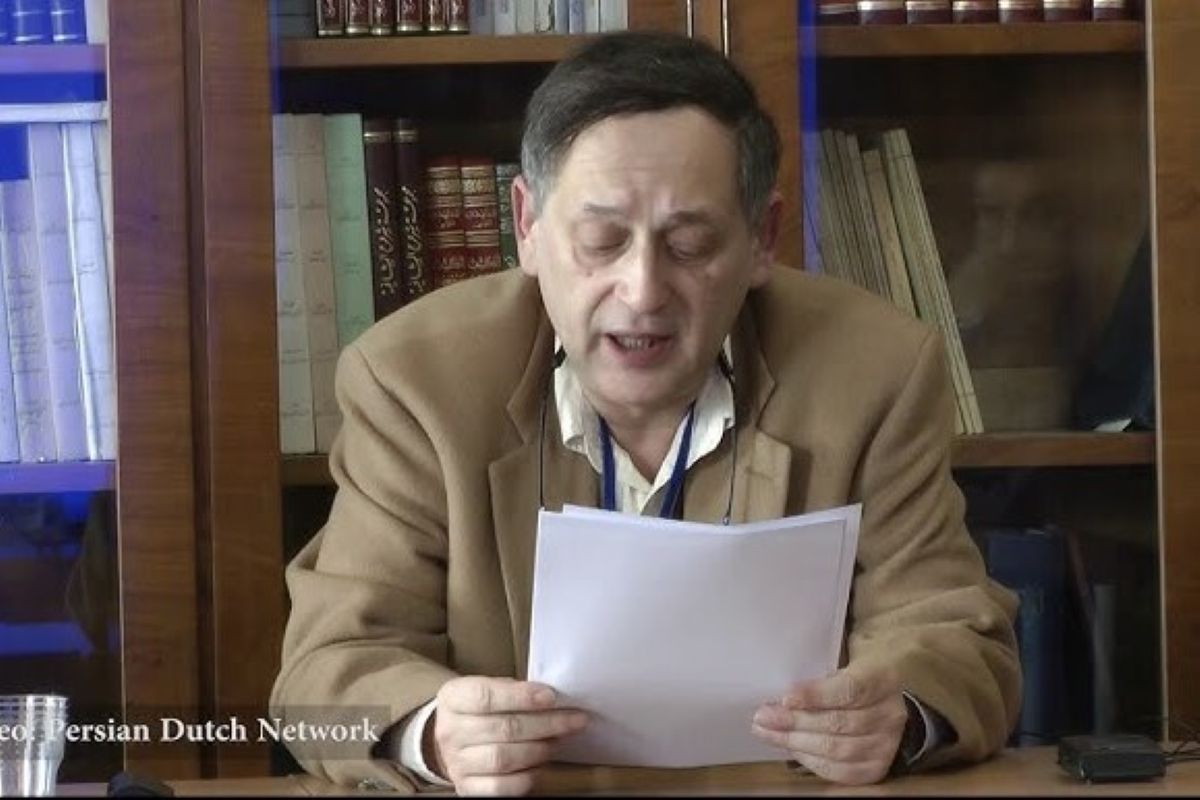
The agreement reached on the opening of the ‘Zangezur corridor’ naturally does not align with Iran’s interests. Through the agreement, Iran would no longer have the only route connecting Azerbaijan to Nakhchivan, Russia’s position as Iran’s ally is severely weakened in the region, and it is possible that the US could categorically demand (or has already demanded) Armenia to sever or at least significantly downgrade its ties with Iran.
While a principled agreement has been reached, its details are still unknown to us, or whether there is even a written plan for its implementation. What will happen specifically at the Iran–Armenia border, where Russian border guards were replaced by Armenians only at the beginning of this year? If the border control is at least partially taken over by the American side (which would be logical), that would be catastrophic for Iran.
Separately, is there talk of building a railway from Turkey to Nakhchivan? Such a direct connection between Turkey and Azerbaijan definitely opposes Iran’s interests. For Armenia itself, it would be much more interesting and profitable to restore the Kars–Gyumri railway that existed during the Russian Empire, most of which ran through Armenian territory. But even in this case, Iran remains sidelined.
Apart from the fact that Iran was the only route connecting Azerbaijan to its exclave, it also remains the sole supplier of natural gas to Nakhchivan, which partially gives it the leverage to ‘blackmail’ Azerbaijan. Despite the declared readiness to deepen trade and economic relations, there are several sources of conflict between the two countries — including Azerbaijan’s close cooperation with Israel. Has a plan been developed to replace Iran in this regard?
The agreement is yet another blow to Iran following its failure in the war with Israel. Against the backdrop of overall pressure, Iran’s regional ambitions are extremely weakened. However, I will repeat that many questions related to the agreement remain unanswered. It is also unclear how stable the regime in Iran is and what steps it will take (or what concessions it will make) to preserve its existence.
